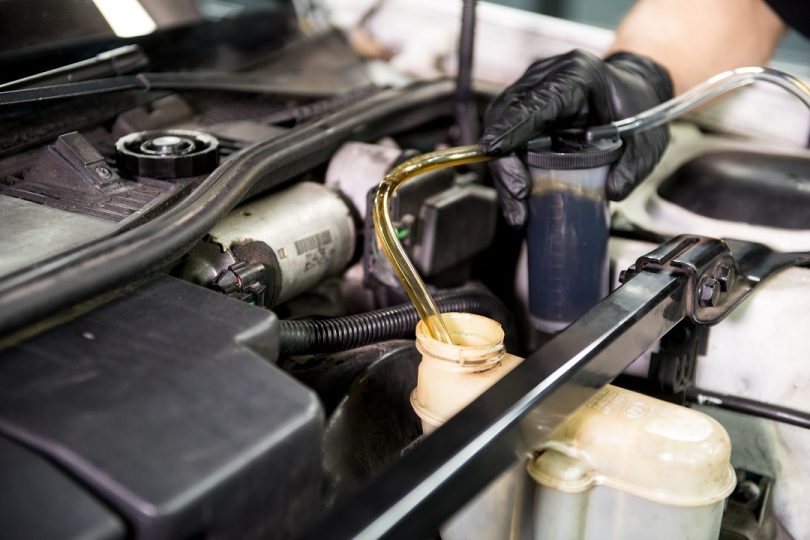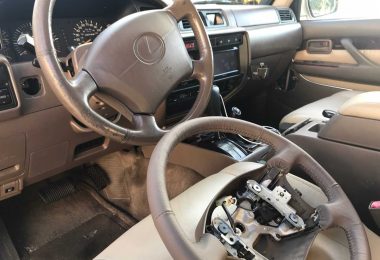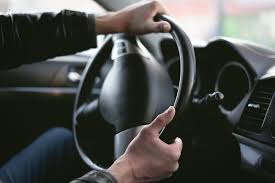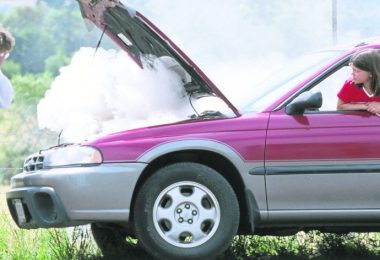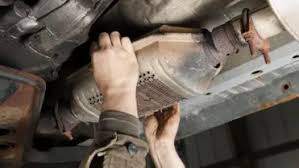Every responsible Driver knows the importance of Brake in the car. As it were, one of the things you need to do in other to keep the brake system functional is flushing the fluid. However, your brake fluid does need to be maintained and if it goes bad there could be some severe consequences as a result. We all want to do what is best for our cars to keep them safe on the road and running as long as possible, but what, exactly, is the purpose of a brake fluid flush and what does a brake fluid flush cost? Is it necessary and worth the money?
A brake fluid flush will precisely going to cost you somewhere between $73 and $104.
Model Labor Parts Total
Ford F-Series $63 – $80 $13 – $15 $76 – $95
Chevrolet $63 – $80 $13 – $15 $76 – $95
Ford Focus $63 – $80 $13 – $15 $76 – $95
Toyota Camry $63 – $80 $15 – $17 $78 – $97
Toyota Corolla $63 – $80 $15 – $17 $78 – $97
Nissan Altima $63 – $80 $13 – $15 $76 – $95
Honda CR-V $63 – $80 $10 – $24 $73 – $104
Honda Civic $63 – $80 $12 – $24 $75 – $104
Honda Accord $63 – $80 $10 – $14 $73 – $94
Ford Fusion $63 – $80 $13 – $15 $76 – $95
Is It Necessary to Flush My Brake Fluid?
Your brakes work as part of a hydraulic system in your car. When you put your foot on the brake a plunger is forced against a master cylinder and that causes brake fluid to push through the hoses to the brakes on each wheel of your car. If you have disc brakes that fluid is forced into a calibre which presses against a piston and squeezes the brake pads against the disc in the wheel of your car. The process is similar to drum brakes where the fluid is forced into the cylinder and pushes the brake shoe against the drum. Either way, both use friction to stop your car’s wheels from spinning and the pressure that allows this to happen is provided by the brake fluid in the lines.
Most drivers don’t consider that over time this brake fluid can wear down and become contaminated. Rust and other debris will build up in the line which limits the effectiveness of the brake fluid in the hydraulic power in the system. As well, brake fluid is hygroscopic which means that it absorbs water. This really can’t be avoided and it’s going to take on a small percentage of its own wage in water every single year. That’s why brake fluid flushes are essential eventually because the more water in the line, the less effective the brake fluid will be.
Flushing your brake fluid is very important if you want to maintain your brakes over the long-term. But if you do not do it, eventually you are going to be faced with brake failure, more complicated repair job with a freighter cost in the long run. It may not happen right away, but it can be prevented entirely with some routine maintenance. That is why it is necessary you do it and not to take it unnecessary.
When Should I Have My Brake Fluid Flushed
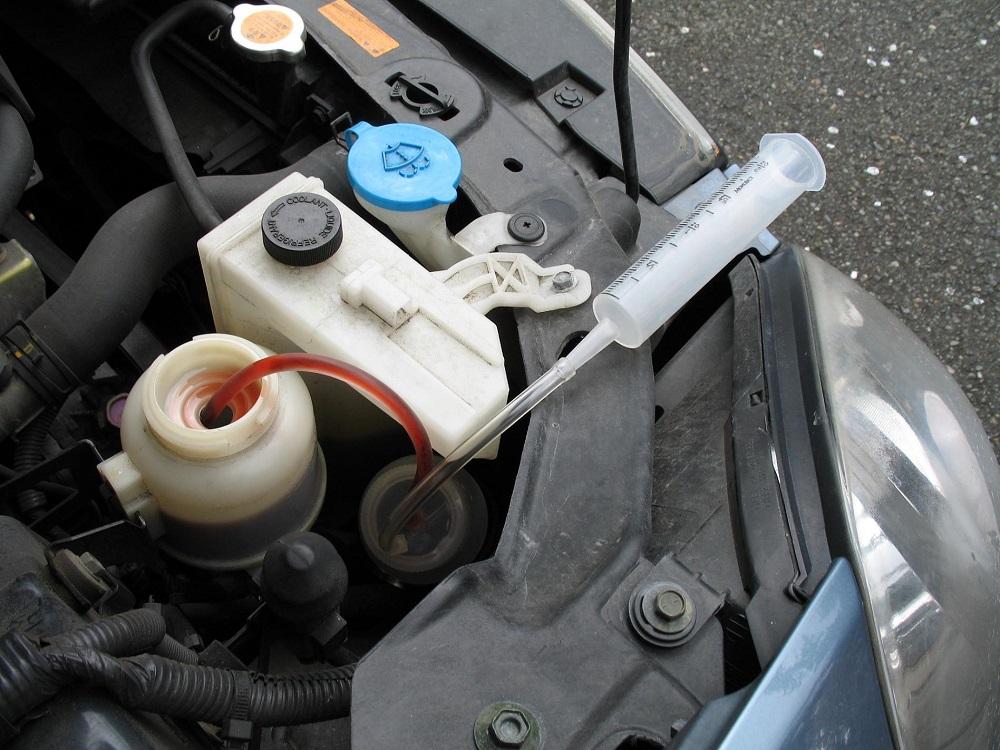
Every vehicle manufacturer has a recommended schedule of maintenance for every model they produce. There is not a set period of time in which you need to make sure your brakes are flushed. The way you use your brakes can also determine how soon the fluid needs to be changed or flushed. The more you use them, the more often you will need to flush them out. The kind of fluid you use and the age of your brake components will play an important role in the time as well. Low quality fluid will need to be replaced more often, and if your brakes are old, they may start shedding parts into the brake fluid, requiring more frequent replacement as well. However, on average it’s recommended around every 30,000 miles or so depends on your type of car. It is vital you make research online using Google search engine to find out using the make and model of your car so as to know the average mile that would be due for you to engage on the brake fluid flush. When you do get your fluid flushed, be sure you are using the right kind of brake fluid. Some cars require silicon-based brake fluid while others use regular braking fluid.
Is Break Flushing Same With Brake Bleeding
It is important we shed light on the two things. It worth knowing that break flushing and brake bleeding is not the same thing so you shouldn’t confuse the two. When you get your brakes flushed it removes all of the old brake fluid in the system and replaces it with new liquid. However, when you get your brakes bled it’s just removing a small amount of fluid to flush air from the brake lines. The fluid itself is not being replaced, so you’re not removing any contaminants or extending the life of your brakes considerably. Therefore, it necessary you flush your brake fluid rather bleeding. Note that your brake can be bleed during brake adjustment, but not to replace the position of brake fluid flush.
What Happens If You Don’t Flush Your Brake Fluid?
Over time, the fluid can absorb moisture. It can also get rust and dirty, which you can see if it’s turned brown instead of clear. If your brakes get too hot from constant braking down a steep hill, the fluid can boil, introducing gas into what is supposed to be an airtight system.
Any of these conditions reduce the effectiveness of your brakes. You may have to push the pedal harder to get the desired braking performance. Eventually, you may not get as much braking power as you need to bring your car to a stop. You won’t be able to stop as quickly as you should, which is a matter of safety concern. This can end up degrading your entire braking system and causing it to fail on you. You’ll need to not just replace the fluid, but you could end up having to replace all of those parts as well if they’ve become badly corroded. These parts and the repair bills can end up costing you many hundreds of dollars and upwards of $1,000 or more depending on how severe and the size of the problem incurred.
How Do You Know You need Brake Fluid Flush

There are so many signs but we are going to look into few signs that you should be on the lookout for to let you know that you have a problem with your brake fluid and that it’s going to need to be changed soon. If you are experiencing any of these then there’s a good chance that your brake fluid isn’t doing the job it is supposed to be doing and you should get it changed as soon as possible. The danger or the risk associated with keeping bad brake fluid for too long out ways any advantage. Some of the signs that show that you need brake fluid flush are listed and explained below;
- Leaky Brake Fluid
When you’re inspecting the fluid reservoir for your brake fluid even if it’s not discolored, you might notice that the levels are low. Typically, the warning light will come up on your dash to let you know about this. If the fluid levels are low, then you likely have a leak somewhere in your system. Over time, you’ll get more fluid leaking out and the results will be the failure of your brakes. This is obviously extremely dangerous and needs to be repaired right away.
If you notice a brake fluid leak, you could require an immediate brake fluid flush. A brake fluid leak reduces the braking force that can be transmitted through the brake line. To confirm your brake fluid level, you can take a look at the brake fluid reservoir located in your engine bay. Typically, you will find the brake fluid reservoir near the engine compartment. You can refer to your car owner’s manual to find the exact location.
However, if you don’t feel confident about confirming a brake fluid leak on your own, you can reach out to an expert mechanic for help. They can come to your driveway, evaluate the brake fluid level, and carry out a brake fluid flush if needed.
Read More: Tips to Reduce Fuel Consumption
- Dirty Brake Fluid
If you check out the brake fluid reservoir under the hood of your car you may notice that the colour is black or has gone off slightly. Clean, new brake fluid should be clear or at the most have a very slight gold colour to it like very pale honey. When the fluid in your reservoir is visibly darker than that, it has become a rich honey shade or even turns brown or black then you know it has become contaminated. This could happen either because it’s been far too long since it’s been changed, or you have an excessive amount of contamination from rust, rubber, and debris getting clogged in the line. This simple means you need to brake fluid flush.
- Loss of Stopping Power
The most serious consequence of bad brake fluid is the actual loss of stopping power. If your car does not decelerate as it should when braking, the issue might stem from the brake fluid. This problem can either start abruptly or become progressively worse over time. It is vital to tackle this problem whenever you notice it.
It’s possible that when you are coming to a stop and you find your car pulling in one direction or another that your brake fluid is to blame. This is because if you have low brake fluid, it’s not able to work evenly between all the wheels in your vehicle. This can cause the brakes to work more poorly on one wheel than another and the response will be on even causing you to veer in one direction or another.
- Brake Pedal Behaves Differently
If something feels different when pressing down on the brake pedal, it could indicate a low brake fluid level or contaminated brake fluid. This problem can present itself in multiple ways, such as a spongy, bouncy, or loose feel when applying pressure to the pedal.
It’s hard to describe this feeling exactly but if you have experienced it, you know it. When you put your foot on the brakes and it feels soft almost like a sponge, not that it is resisting you but that you’re just pushing it into something soft, that’s a sign you have a problem with your brake fluid. This could be because you have an excess of moisture in the brake fluid which, when exposed to the heat and pressure that your brake lines are under, begins to boil and create air pockets. These air pockets squish down in the lines and reduce the effectiveness of the whole hydraulic system. That means you’ll be pressing the brake pedal not getting the response here expecting. In turn, that means your brakes will not be working the way they’re supposed to, and you won’t be able to stop when and how you’re used to.
- ABS Light Turns On
When the brake fluid is low, it’s likely that your ABS light will turn on as the system cannot work properly when an inadequate amount of brake fluid is present.
Depending on the make and model of your vehicle you may either get a check engine light or an ABS warning light. The ABS warning light at least lets you know that it’s a problem with your anti-lock brakes that you have to look into. The check engine light is quite a bit vaguer unfortunately, so you’ll have to do a bit of digging to get to the root of the problem. Oftentimes you’ll experience more than one of these symptoms at the same time to help you realize that it’s the brakes that you’re having an issue with.
Therefore, brake fluid flush is absolutely necessary to embark on when needed. Our ultimate concern in our car is the proper functioning of the car especially concerning brakes in the car. This is a safety feature that helps not just you but everyone else on the road. While you can take chances with some parts of your vehicle in terms of maintenance and upkeep, you never want to slack off when it comes to keeping your brakes in better working condition. The moment you notice you have an issue with your brake fluid you need to get it looked at as soon as possible to keep your life, car and lives of others safe. We have also been able to give a critical analysis of what it cost to flush your brake fluid.
Note: In the next article, we are going to publish how to change brake fluid.

